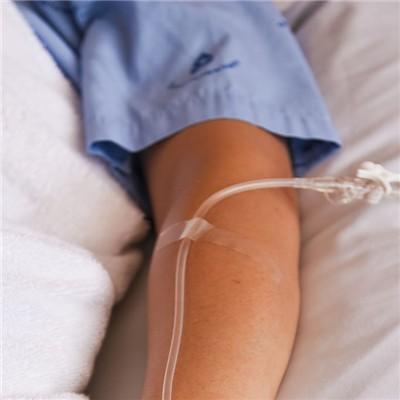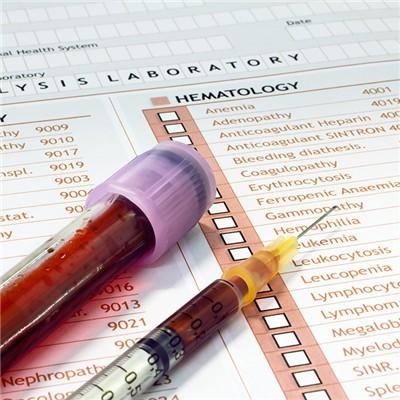What are the methods to estimate the degree of upper gastrointestinal bleeding
summary
Not long ago, a friend had black stool and hematemesis when he was defecating. Later, he had upper gastrointestinal bleeding. Let's learn about the estimation methods of upper gastrointestinal bleeding?
What are the methods to estimate the degree of upper gastrointestinal bleeding
Methods 1. Stool color and occult blood test: ① the amount of bleeding is 5 ~ 50ml, the stool is generally not black, but the occult blood test can be positive; ② the amount of bleeding is more than 50 ~ 100ml, the amount of bleeding is more than 500ml, the amount of hematemesis with tarry stool (dark and shiny). This is also the most common symptoms of upper gastrointestinal bleeding, especially in serious cases to pay attention to, and timely examination and treatment.

Methods 2. Clinical symptoms: ① the amount of bleeding is less than 400ml: due to the release of blood in the liver and spleen and other blood storage system, the amount of circulating blood can be quickly improved, so there can be no conscious symptoms; ② acute bleeding is more than 400ml: dizziness, palpitation, cold sweat, fatigue, dry mouth and other symptoms can appear; ③ Bleeding more than 1200ml: syncope, cold limbs, oliguria, restlessness, oliguria and other shock symptoms, if not timely replenishment of blood volume, can endanger life; ④ acute upper gastrointestinal bleeding more than 2000ml: in addition to syncope, there are shortness of breath, no urine symptoms.

Methods 3. Pulse and blood pressure (1) when the blood loss is more than 800 ml (20% of the total blood volume), the heart rate is accelerated, the pulse is fast and weak, the systolic blood pressure can be normal or slightly increased, and the pulse pressure difference is reduced. Although the blood pressure is still normal at this time, but it has entered the early stage of shock, we should closely observe the dynamic changes of blood pressure, and pay attention to the pulse and blood pressure of sitting or semi lying position; ② the blood loss is 800-1600 ml (accounting for 20% - 40% of the total blood volume): the pulse is fast and weak, which increases to more than 100-120 times per minute, the systolic blood pressure can drop to 70-80 mmHg, the pulse pressure difference is small, and most of them have symptoms and signs of shock; ③ Bleeding has reached more than 1 600 ml (40% of the total blood volume): the pulse is subtle, even unclear. Systolic blood pressure can be reduced to 50-70mmhg, more serious bleeding, blood pressure can be reduced to zero, quickly leading to hemorrhagic shock death.

matters needing attention
In the case of upper gastrointestinal bleeding, timely treatment should be carried out, and attention should be paid to the treatment of blood transfusion during the treatment, especially the patients should pay attention to the mood conditioning, do not have fear.

















